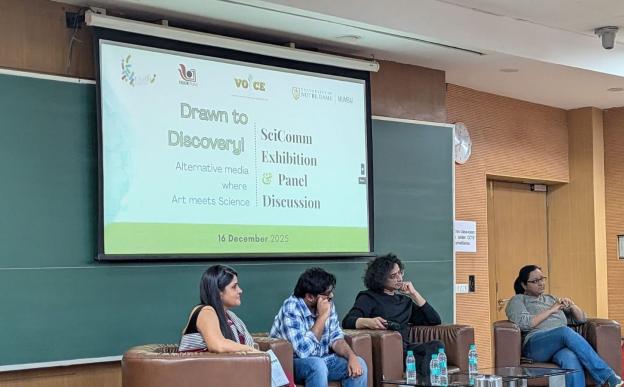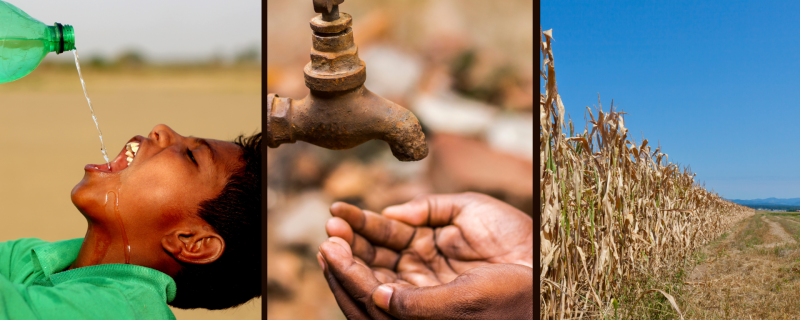Researchers have found that the variability in venom composition of the Russel’s Viper may be tied, in part, to local climate conditions.
The Indian Institute of Science Education and Research (IISER) Pune on Tuesday launched the VOICE Fellowship 2025
Pune/







![[AI image] Data trading market. [AI image]Data trading market place](/sites/researchmatters/files/styles/large_front_800x320/public/a%20marketplace%20in%20India%20trading%20data%2C%20comic%20style%2C%2016_9%20size.jpg?itok=wTSR1Mvi)


